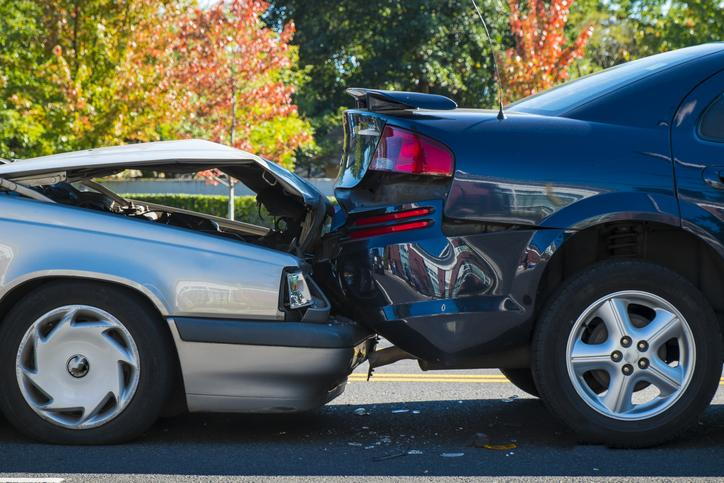
- posted: Feb. 22, 2024
- Personal Injury
If you’re hurt in a Tennessee car accident, your ability to recover legal damages depends on showing that the driver of the other car was mostly to blame. When it comes to rear-end collisions, the law usually presumes that the driver in the rear vehicle was at fault, but that does not hold true in every case.
Rear-end collisions typically occur when there is insufficient distance between the two vehicles, so that the driver behind cannot react quickly enough if the car ahead slows or stops. While the driver in the rear is often following too closely, there are circumstances where the driver in front can bear some or all of the responsibility.
Here are examples of front-driver fault:
- Reversing without warning — The driver in front backs up without checking for vehicles behind. There can also be an “accident waiting to happen” scenario, where a driver waiting at a traffic light unwittingly puts the car into reverse gear.
- Sudden lane changes — The front vehicle makes a sudden lane change without signaling or checking their blind spots, cutting off another car.
- Improper merging — The front vehicle merges into traffic abruptly without yielding the right of way, so that the car behind does not have time to swerve or slow down.
- Phantom braking — Some vehicles, particularly those with autonomous driving features, can experience malfunctions that cause sudden, unintentional braking.
- Brake lights malfunction — If the front vehicle's brake lights are not functioning properly, the driver behind may not be informed of their stopping or slowing down.
- Mechanical failure — If the front vehicle experiences a sudden mechanical failure like a flat tire or steering malfunction, it may swerve, slow or stop abruptly.
Sometimes fault for a rear-end-collision can be shared. There can also be chain reaction accidents, in which multiple cars collide in sequence.
Tennessee law applies the rule of modified comparative negligence, which means that an injured party can recover compensation for damages only if their fault in causing the accident is 49 percent or less. Even then, their award will be reduced by their percentage of fault. The rule means that you must prove not only that the other driver’s fault was greater but also that yours was lesser. Faultfinding involves a careful examination of all facts and circumstances and of all available evidence.
If you are involved in a rear-end collision in Tennessee, the skilled litigators at Massengill, Caldwell & Coughlin, PC in Bristol can gather evidence, assess liability and help you recover compensation for damages. Call us at 423-797-6022 or contact us online to schedule a free initial consultation.


